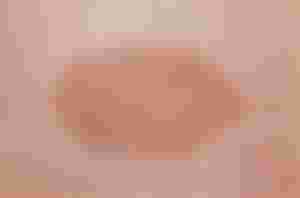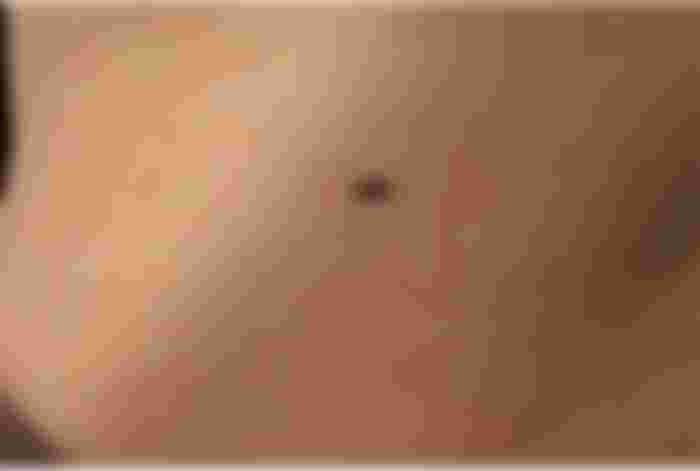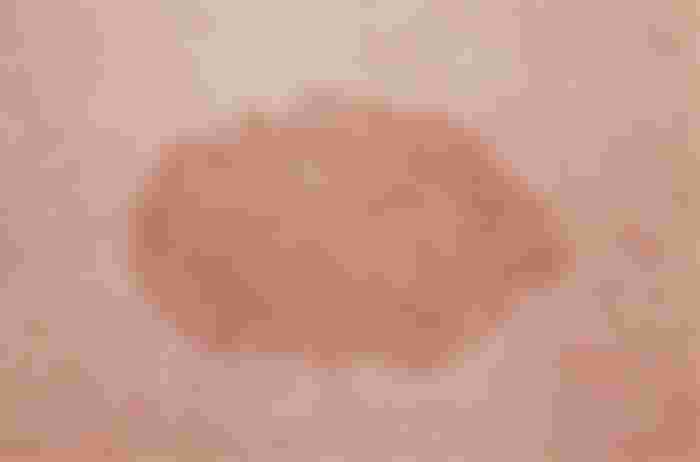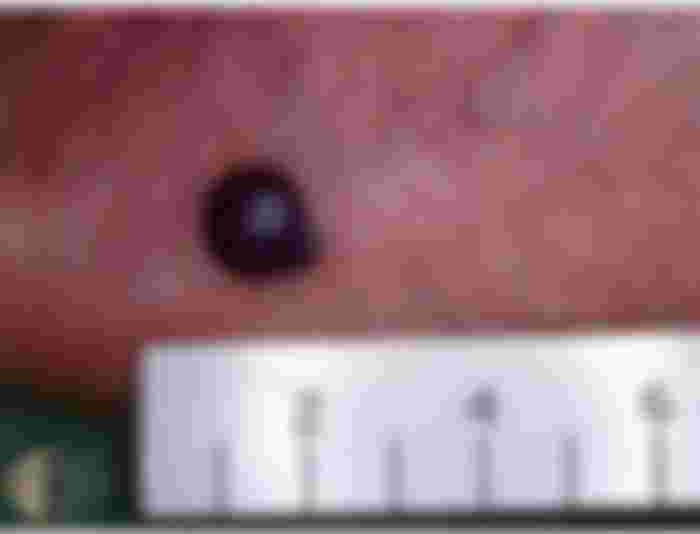
Every time my daughter looks at my face she will tell me “Mom, your face is dirty wipe it,” and I am laughing every time because she was referring to my moles in the face and thought it was just dirt. I don't have moles in the face before but as I grew older I noticed it appears continuously. I got curious about what behind so I did a little research, I also got worried thinking it has some health issues indication. As you can see in the photo I have a lot of small moles.
What is Moles?
Moles develop due to an overgrowth of melanocytes or pigment-producing cells on the skin, it is common and usually harmless. It is typically formed during childhood and adolescence but new moles will appear in adulthood.
Development of a new mole or sudden changes to an existing mole can be a sign of melanoma, although most more are noncancerous or benign.
Melanoma is a type of skin cancer, 1% of all skin cancers accounts for but can cause the majority of skin cancer deaths, that was according to the American Cancer Society.
Moles can be benign or cancerous, if it is cancerous moles such as melanoma develops resulting from genetic mutations. Although the exact cause of benign moles remains unknown.
What causes a new mole to appear?
Melanocytes in the pigment-producing cells, proliferate or duplicates the producing characteristics of the mole that is visible on the surface, a new mole will probably appear. Its distinctive colors were due to the melanocyte pigments.
Possible causes of a new mole include:
ultraviolet radiation exposure
purely genetics
having fair skin
Weak immune system
Types of mole
Moles have different subtypes based on their attributes. Types of includes:
1. Common mole

These moles can appear at birth or later in childhood. It usually appears on areas of the skin that was exposed to sunlight. It is typically round and in symmetrical appearance with a smooth surface and defined border. It is relatively small that has less than 5 millimeters (mm) in diameter. These moles rarely develop into cancer, however, people who have more than 50 of them may have a higher chance to develop melanoma that was according to the National Institute of Health (NIH).
2. Congenital mole

These moles are the birthmarks that were present at birth. It can vary drastically in size with some of it quite being large. This is usually benign, especially the large ones can slightly increase a person's risk of developing melanoma. The lifetime risk of developing melanoma ranges between 10-15% in people with very large congenital moles, but still, figures may vary from study to study.
3. Atypical mole

It is also called dysplastic nevi, which can be developed anywhere on the body and usually appear larger than the other types of moles. The color and texture can vary and usually have an uneven border that fades to the surrounding skin. These moles contain multiple colors like pink, red, tan, and dark brown. Some atypical moles may become cancerous, according to the American Cancer Society. But most of it does not develop into melanomas. Since it shows similar characteristics to melanoma, people should pay a visit to their dermatologist to be sure that it is not cancerous.
4. Spitz nevus

Spitz nevus is a type of mole that looks like a lot to melanoma is rare, but not cancerous at all. It develops in fair fair-skinned children and young people under 20 years old. Doctors find it difficult to distinguish the spitz nevus and melanoma sometimes, so they may recommend removal as a preventive measure. It grows quickly and varies in size from millimeters to centimeters or even in diameter. It also has other variable characteristics:
It has a round and symmetrical shapeIt has a smooth surfaceThere are lines of pigment radiating a starburst patternIt has some warning signsMost moles are benign, still, people should see their doctors if there are some changes in their new moles or existing moles
Warning signs to look for in an existing mole may include:
It changes it's color, shape, and sizeThere is a pain in the moleIt is bleedingABCDE rule to spot potential melanomas in American Cancer Society can be used by people and it stands for:
Asymmetry - Half of the mole looks different from the former half.
Border - It has irregular, jagged, or blurry edges.
Color - Mole contains a mixture of different colors.
Diameter- If the mole is bigger in diameter or 6mm
Evolving - The color, shape, and si, ze of moles are changing.
Other symptoms to watch for includes:
The mole may lighten including a white halo around its edge.
Bleeding of feeling discomfort from the mole.
It looks very different than the other person's mole.
Dermatologist recommends people to take monthly pictures of the areas with lots of moles, such as the back, so they can spot changes.
Areas such as the nails, feet, and ha, and are also important as melanoma can also develop in these locations, it must be checked.
Not all moles that appear in adulthood are melanomas but if a new mole arises or you notice any changes in your existing moles you should visit the dermatologist for a check-up. If you have a family history of atypical moles or melanoma, you should have a skin check regularly. Doctors may consider melanoma the deadliest type of skin cancer, early detection and treatment can prevent its long term outcomes. It is estimated to have 98% rata e of survival for 5-years according to the experts.
By: @Eybyoung
After reading this one, I felt relieved because I don't have any discomfort in my moles and it does not change in appearance.
Source:
https://www.medicalnewstoday.com/articles/326201#summary





Pag daw mau mole sa likod u g doon sa may leeg ata basta likod haha habulin daw ng babae or lalaki pag ganon. Kaya ikaw, kung meron kang ganyan sa may bandang likd sa leeg malamang yan ang rason kung bakit habulin ka ng lalaki nong kapanahunan mo, I mean nong breezy days mo 😂.